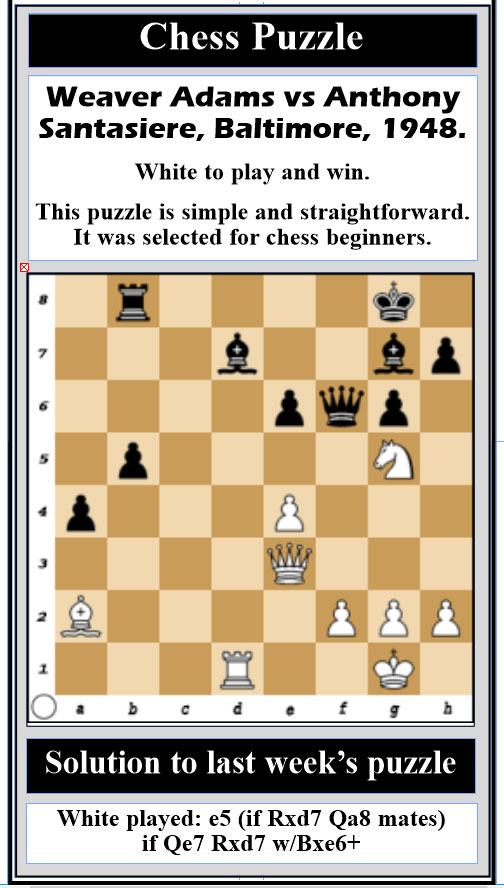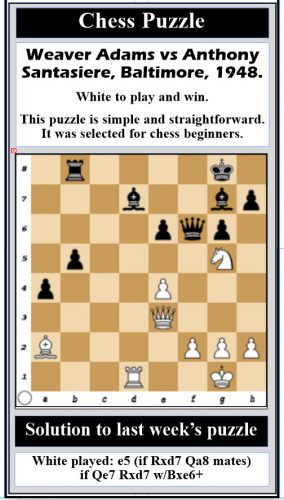
With notation, we can replay the games of the masters and learn from them. This is a sure way of improving one’s chess. I say this because I improved my chess in this manner. Then there is also the fact that it is compulsory to write down your moves before or after you play them when you compete in tournaments locally or internationally.
There was no internet when I learned to play chess. I recall having to go to the National Library to read chess notation. Some of the materials were in Russian or in French and some were in English.
Because of the internet, today’s beginners in chess have an excellent opportunity to learn and move forward quickly. And chess notation preserves the game’s history.
In chess, white moves first. Figures 1, 2 and 3 demonstrate the white and black moves of the Ruy Lopez. Named after a Spanish priest who lived in the 16th century, it is one of the oldest and most popular of the King’s pawn openings. It was found in the Gottingen Manuscript. Today, it is one of the most played of all chess openings.
The opening moves of the Ruy Lopez are:
1. e4 – e5. (See Figure 1)
2. Nf3 – Nf6. (See Figure 2). The Knights are developed. White attacks the black pawn with his Knight and black defends his pawn with his Knight.
3. Bb5 (See Figure 3). White develops his Bishop and threatens to take off the Knight.
It is important to note that capital letters are not used for the pawns and that only the finishing square of the pawn is identified.










